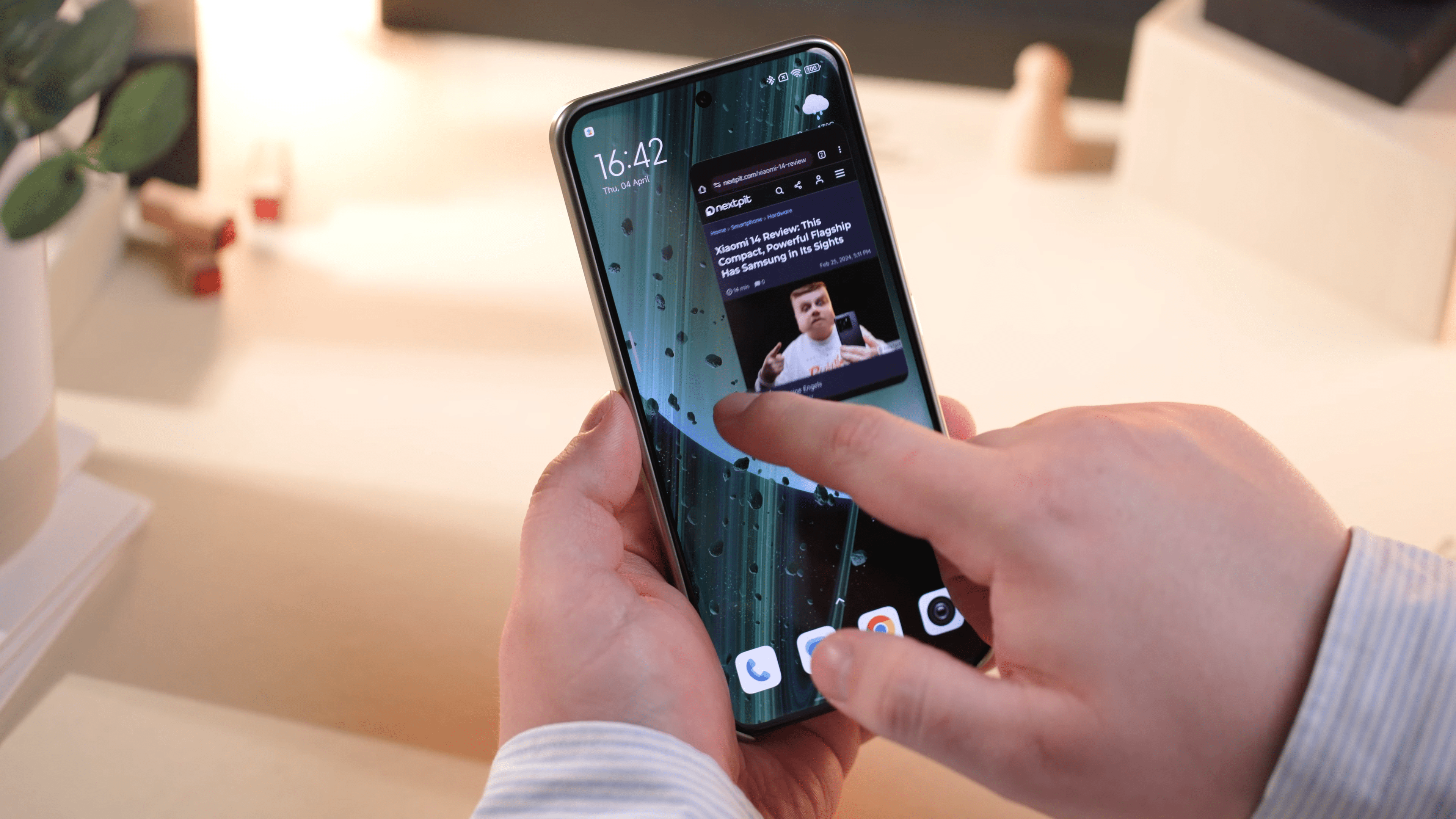
iPhone owners feeling skeptical about the reliability of AI may be pleased to hear that Apple’s take on the technology will probably work on device rather than via the cloud. Initially, at any rate.
Bloomberg reporter Mark Gurman made the revelation in the Q&A portion of this week’s Power On newsletter. “As the world awaits Apple’s big AI unveiling [at WWDC] on June 10, it looks like the initial wave of features will work entirely on device,” he said (via MacRumors). “That means there’s no cloud processing component to the company’s large language model, the software that powers the new capabilities.”
The iPhone may, however, get some cloud-based AI features powered by other companies’ technology: possibly Google’s Gemini, or Baidu’s ERNIE Bot.
Nevertheless, this feels like good news. It’s easy to see why tech companies love to offload computational burden from mobile devices and onto remote cloud server farms, since this reduces battery drain and potential overheating and increases the processing power that can be brought to bear on tasks. But for the user, this introduces an additional point of failure: the quality of their internet connection. (In fact, it introduces two, because Apple’s servers could also go down. But this is less of a worry.)
Siri, for example, was notorious in the past for needing a connection in order to accomplish mundane tasks. The writer of this news article has frequently told a HomePod to play a particular song, only for Siri to mishear and play something else–and then refuse to turn it off despite repeated demands to “stop playing,” because it can’t get online to interpret those words. This can be hugely frustrating.
Beginning with iOS 15 in 2021, Apple wisely started to move some of Siri’s more basic and frequently accessed functions back onto the iPhone, and these days it can set timers, create alarms, tweak system settings and much more while offline. If this will also apply to the majority of the AI features in iOS 18, we’d chalk that up as a win.
For all the new features coming to Apple’s devices this year, check our regularly updated WWDC 2024 guide.






